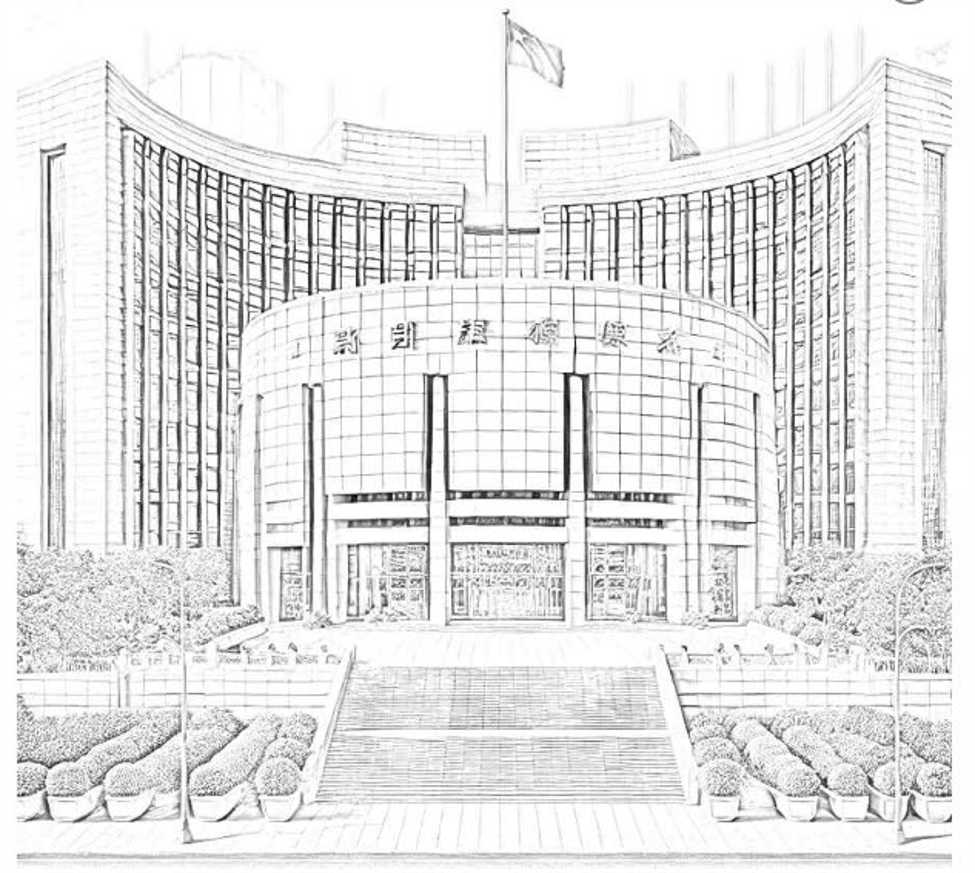The People’s Bank of China (PBOC) has set the daily midpoint of the yuan, also known as the renminbi or RMB, at 7.1546 against the US dollar, slightly below market expectations of 7.1623. This adjustment, announced today, reflects the central bank’s ongoing efforts to manage the currency’s value within a controlled range.
The PBOC operates under a managed floating exchange rate system, allowing the yuan to fluctuate within a band of +/- 2% around the central reference rate, or “midpoint.” The previous closing rate was 7.1650, indicating a strategic decision by the central bank to slightly strengthen the yuan.
Understanding the PBOC’s Exchange Rate Mechanism
The PBOC’s role in setting the midpoint is crucial for maintaining economic stability. By adjusting the midpoint, the central bank can influence the yuan’s value, impacting trade balances and foreign investment. The midpoint acts as a benchmark for the currency’s daily trading range, providing a measure of predictability in the foreign exchange market.
Analysts often scrutinize these adjustments as they can signal the PBOC’s stance on economic policy. A lower midpoint can suggest a desire to boost exports by making Chinese goods cheaper on the international market, while a higher midpoint might indicate efforts to curb inflation by strengthening the currency.
Historical Context and Comparisons
The PBOC’s management of the yuan has evolved significantly over the years. Historically, China maintained a fixed exchange rate system until 2005, when it shifted to a more flexible approach. This change was partly in response to international pressure for China to allow its currency to reflect market conditions more accurately.
Since then, the PBOC has periodically adjusted the midpoint to reflect economic priorities. For instance, during the global financial crisis in 2008, the central bank kept the yuan relatively stable to support economic growth. More recently, trade tensions with the United States have also influenced the PBOC’s exchange rate policies.
Expert Opinions on the Latest Adjustment
Economists and market analysts have weighed in on the PBOC’s latest move. Dr. Li Wei, an economist at Shanghai University of Finance and Economics, noted,
“The slight adjustment in the midpoint suggests the PBOC is taking a cautious approach amid global economic uncertainties. By setting the midpoint lower than expected, the central bank might be aiming to support exports without causing significant market volatility.”
Meanwhile, Jane Zhang, a currency strategist at a major investment bank, highlighted the potential implications for international investors:
“A stronger yuan can attract foreign investment by increasing the purchasing power of international investors. However, it could also make Chinese exports less competitive, which is a delicate balance the PBOC must manage.”
Implications and Future Outlook
The PBOC’s decision to set the yuan midpoint at 7.1546 underscores its careful navigation of domestic and international economic challenges. As China continues to recover from the impacts of the COVID-19 pandemic, currency management remains a vital tool in the central bank’s arsenal to ensure economic stability and growth.
Looking ahead, market participants will closely monitor the PBOC’s future adjustments to the midpoint, as they provide critical insights into China’s economic priorities and policy directions. The central bank’s ability to balance domestic economic needs with international pressures will be crucial in shaping the yuan’s trajectory in the coming months.
In conclusion, the PBOC’s latest adjustment to the yuan’s midpoint is a strategic move reflecting both current economic conditions and long-term policy objectives. As the global economic landscape continues to evolve, the central bank’s actions will remain a focal point for investors and policymakers alike.
About The Author
 Mets Eye Brewers’ Freddy Peralta to Bolster Pitching Roster
Mets Eye Brewers’ Freddy Peralta to Bolster Pitching Roster Ducks Bolster Roster with Mikael Granlund Signing Amid Strategic Overhaul
Ducks Bolster Roster with Mikael Granlund Signing Amid Strategic Overhaul Trey Mancini Becomes Free Agent After Opting Out of D-backs Deal
Trey Mancini Becomes Free Agent After Opting Out of D-backs Deal Guardians Reflect on Matthew Boyd’s Impact in 5-2 Loss to Cubs
Guardians Reflect on Matthew Boyd’s Impact in 5-2 Loss to Cubs Local Charity Eases Home Cleaning for Seniors in Raleigh
Local Charity Eases Home Cleaning for Seniors in Raleigh